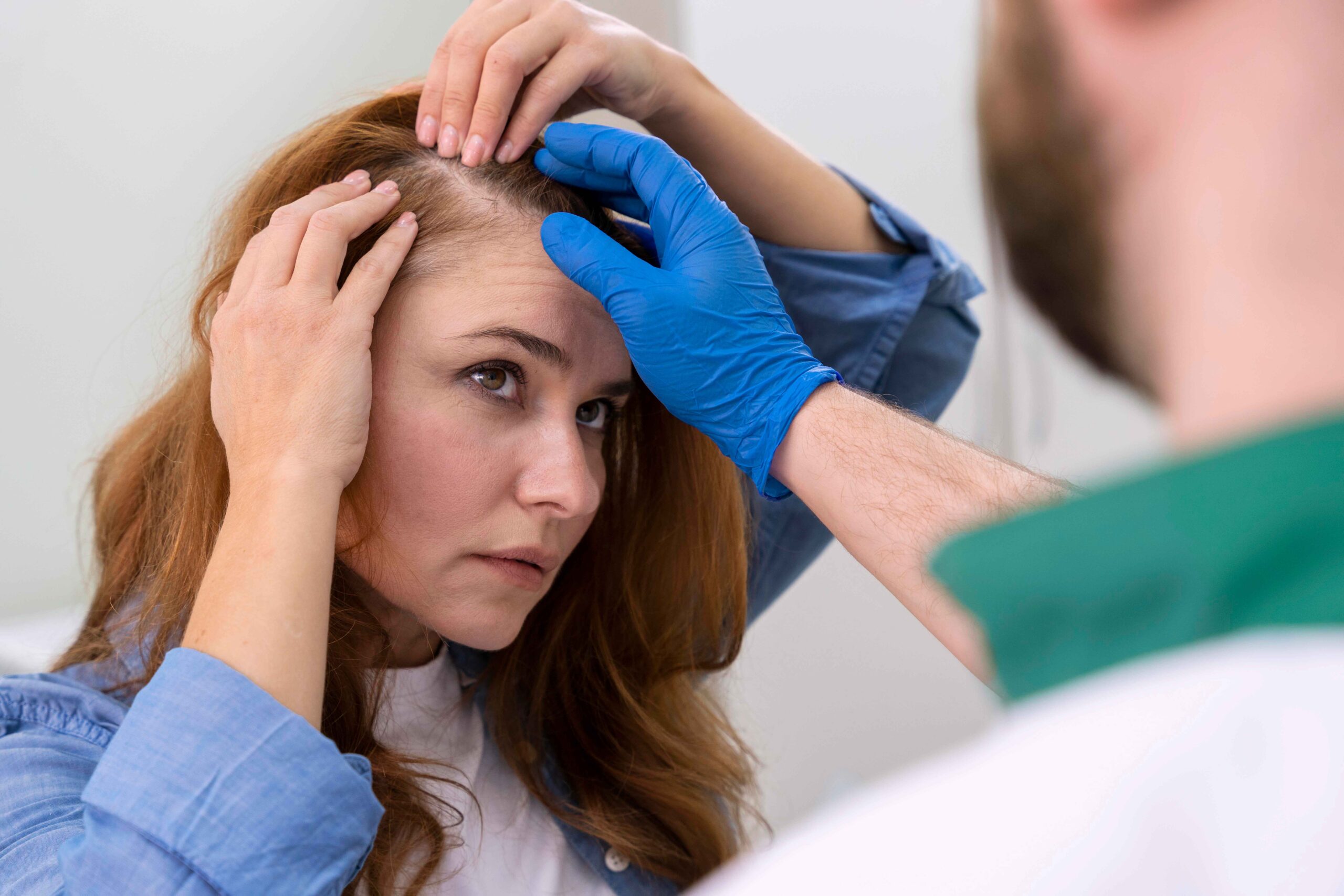
Hair transplants for women are less common compared to men due to several factors. The eligibility for hair restoration in women is primarily determined by the type of alopecia they have. Androgenetic alopecia, commonly known as female pattern baldness (or male pattern baldness), is the most common type among women who qualify for hair transplants. It is a genetic condition that causes hair loss in a specific pattern.
Hairline transplants can potentially address traction alopecia, which is characterized by receding hairline due to prolonged pressure and is often seen in women who frequently tie up their hair.
Women who have experienced head trauma or have undergone burn wounds or cancer removal surgeries and have fully recovered may be considered as potential candidates for hair transplants.
Sufficient availability of donor’s hairs is essential for successful hair restoration. Satisfactory hair grafts from the back of the scalp are required to cover areas with thinning and baldness. The Ludwig scale is commonly used as a measurement standard to determine eligibility for hair replacement surgery by assessing the stage of hair loss in women. It is a three-stage classification system that evaluates the severity of female pattern baldness. Stage one shows minor thinning at the top of the head, while stage two exhibits more significant thinning with a visible scalp between the hair strands. In stage three, women experience complete hair loss on the crown of their heads. Fortunately, even at stage three on the Ludwig scale, women may still be eligible for hair transplants if they have sufficient donor hair.


